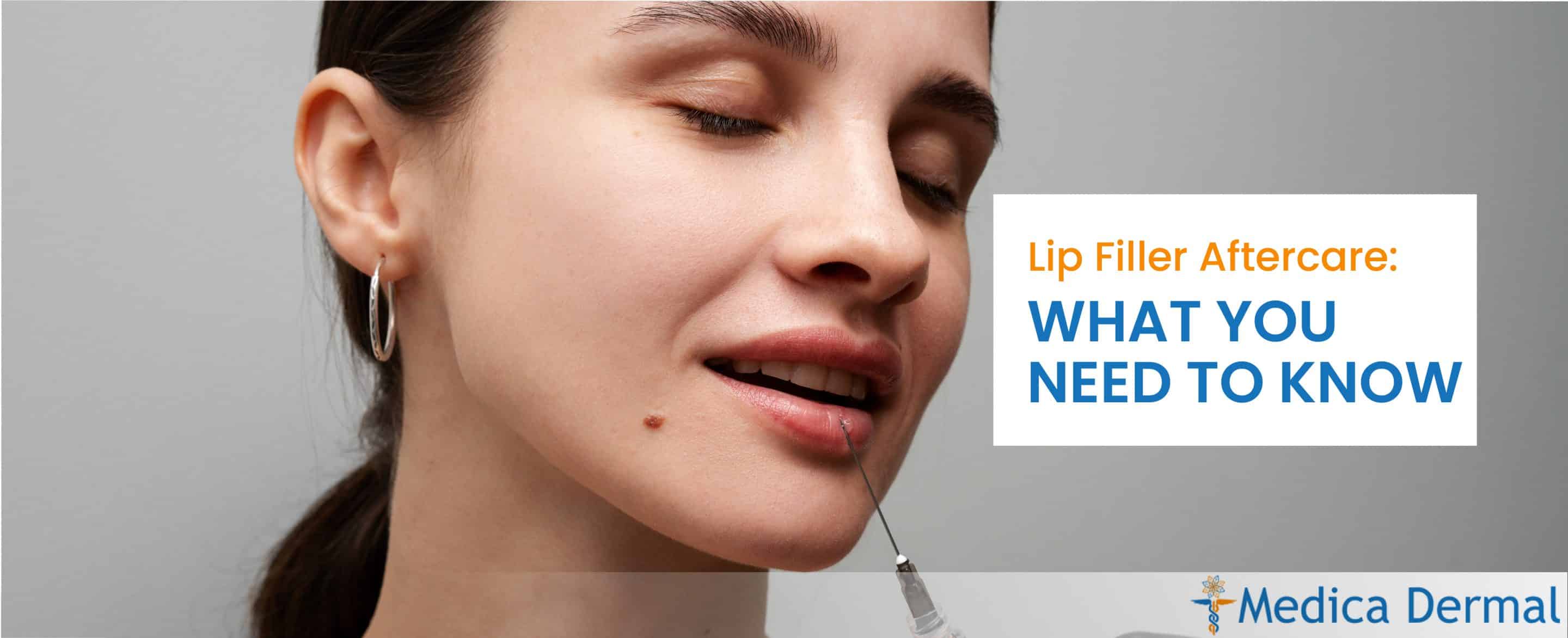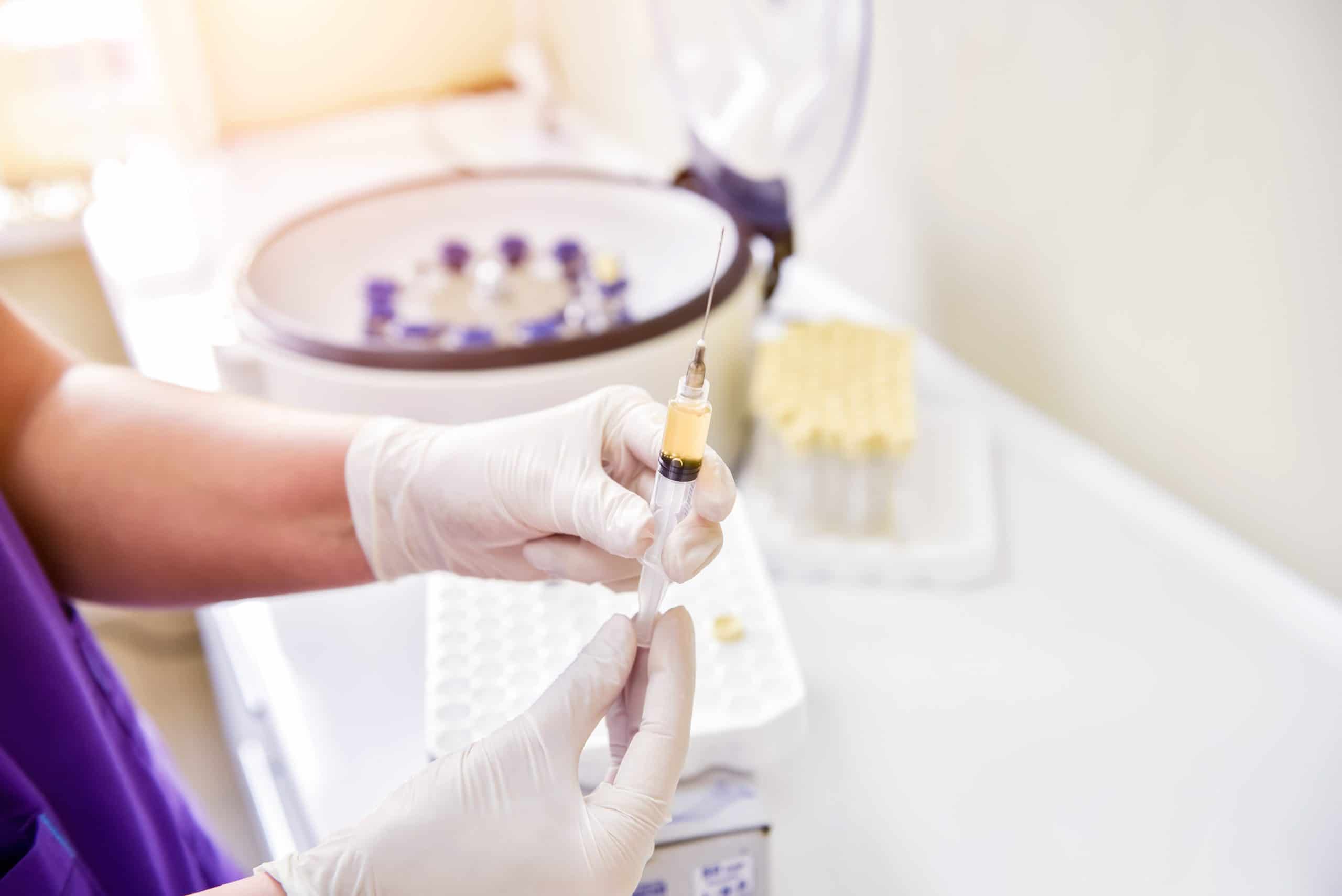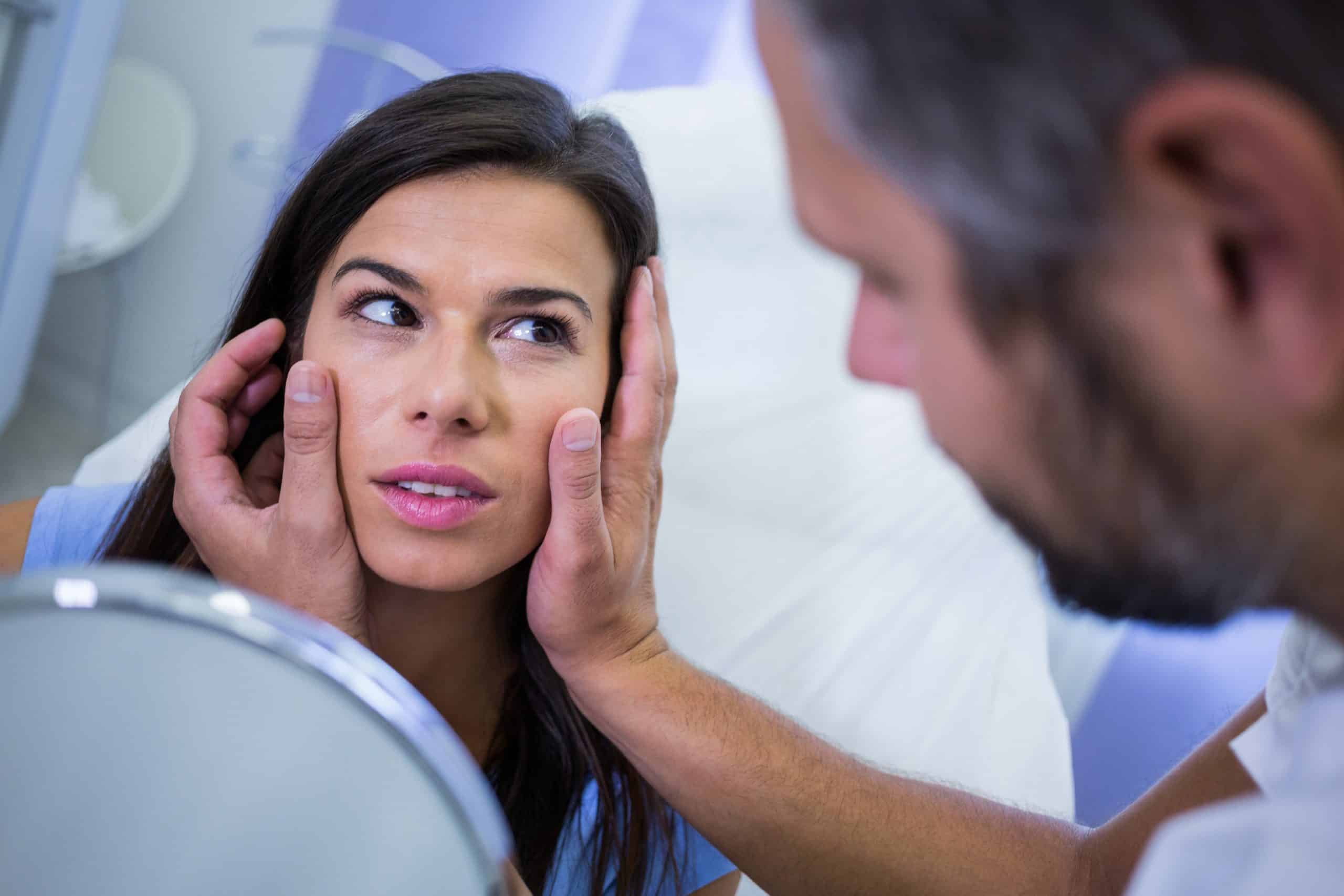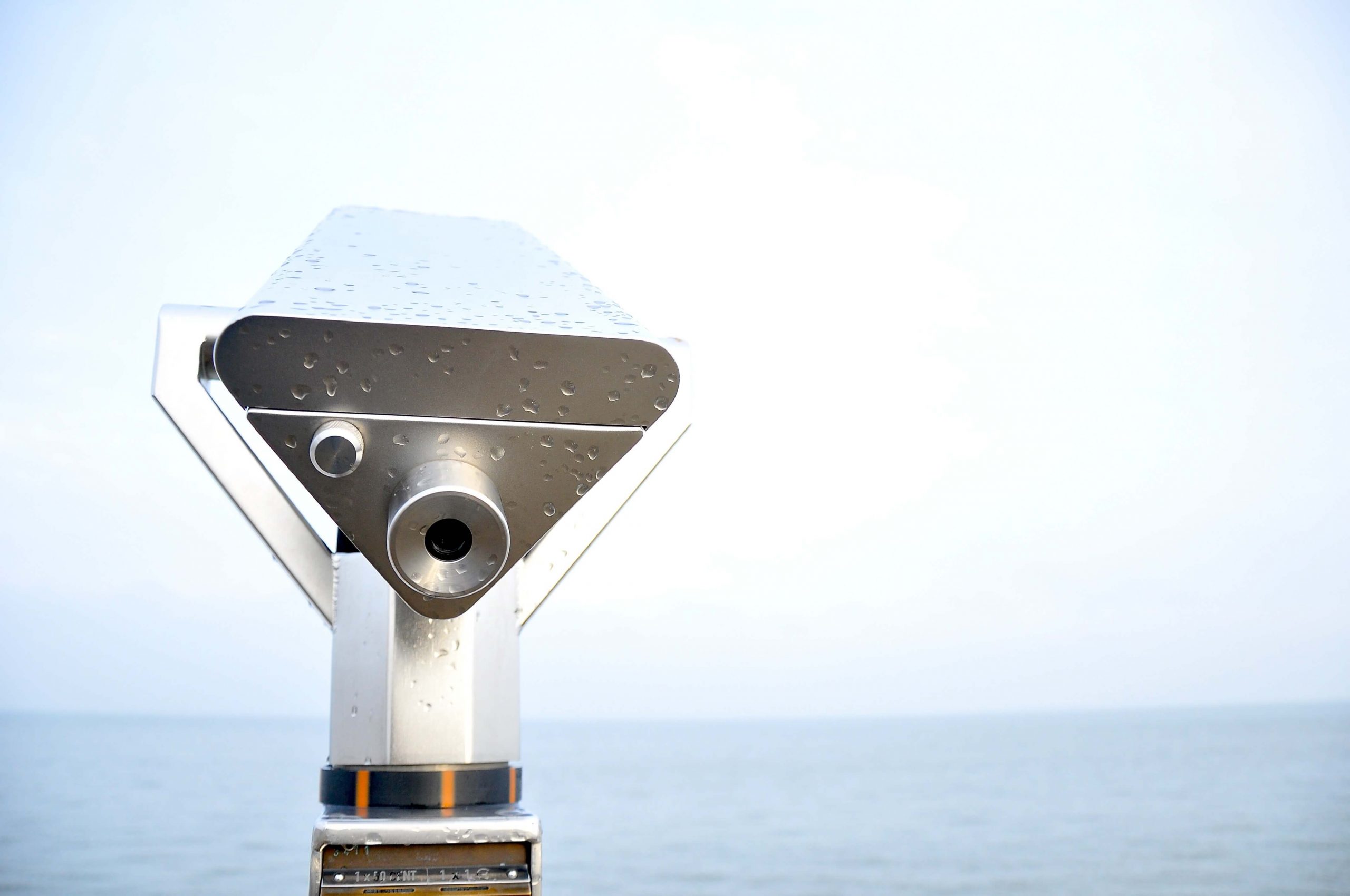
PRP for the Treatment of Hair Loss
Hair loss is a very common but difficult problem to treat. It affects about 40% of 40-year-olds and increases to 80% of 80-year-olds. It does not discriminate against gender, age or race. The most common form of hair loss is androgenic alopecia or patterned hair loss. It can stem from a multitude of causes, both internal and external. Internal causes include genetics, age, hormones, and medical conditions like thyroid problems. External causes include stress, diet smoking, alcohol, hair care practices and UV damage. Even though it is a very prevalent condition, there are not a lot of great treatments for it.
What non-surgical treatments are available for androgenic alopecia?
There are 3 FDA approved treatments for androgenic alopecia: Minoxidil (Rogaine), Finasteride (Proepcia) and low level laser treatments for hair loss (LLLT). Minoxidil works by increasing blood flow to the scalp. This increase in blood flow will bring more nutrients to foster hair growth. However, some people can develop an allergic reaction to it. Also, it can take up to 6 months to see results.
Finasteride works by inhibiting an enzyme that leads to hair loss. It should not be used by women of childbearing age because of damage to the fetus. Also, finasteride has not been shown to be as effective for women, as it is for men. However, in men, it can cause erectile dysfunction.
Low level laser treatments also work by increasing blood flow and subsequently nutrients to the scalp to aid in hair growth. It can take multiple treatments over several months to start to see improvements. Some people can also experience redness and irritation from LLLT.
PRP, or platelet rich plasma, treatments are the new kid on the block. It has shown good results in growing hair back. PRP involves using your own platelets, which contain growth factors, to stimulate hair growth. It has demonstrated an increase in hair counts, hair density, hair thickness, and hair length with a decrease in shedding, breakage and splitting of the hair.
How is PRP processed?
Blood is drawn from a vein in the arm and placed into tubes. These tubes are centrifuged to separate the blood into 3 layers: red blood cells, platelet poor plasma and platelet rich plasma. The PRP layer is extracted and injected into the areas of the scalp that exhibit thinning.
Plasmolifting Centrifuge has a fixed angle rotor which is ideal for harvesting PRP. It is a fast and efficient way to process the blood.
Are there any side effects to PRP?
There are little to no side effects to PRP. There is a small risk of infection, bleeding and redness in the area treated. There is a little discomfort from the injections as well.
How many PRP treatments are needed?
Treatments with PRP are performed monthly for 3 months, then every 3-6 months thereafter depending on the patient’s response. The earlier you start the treatments, the better results you will have. Usually, visible improvements are noticeable in 2- 3 months.
Conclusion
PRP is a relatively new treatment for androgenic alopecia which has shown good results in regrowing hair for men and women. It is safe and works quickly with few side effects. Since hair loss is multifactorial, PRP can also be combined with other treatment modalities to improve your results. PRP is so effective that it is also being investigated for use with other types of hair loss.










